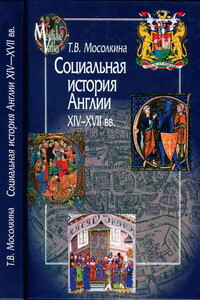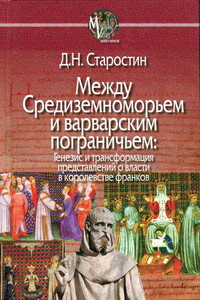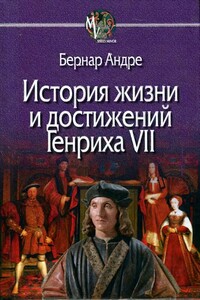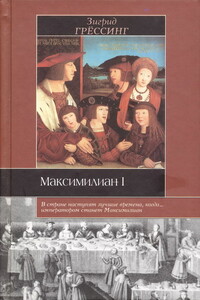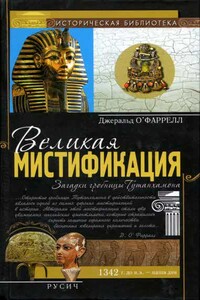In the third chapter the author demonstrates that despite part of the Order was established as an academic corporation by 1250s, the majority still developed in the direction of radical mysticism being supported by the Minister General and the "pious legend". The mystical model of world transformation by preaching was proposed in the "Second Life" and served as a means of rapid penetration of Joachimite heresy into the Order, and also led to the emergence of "Introductorius in Evangelium aeternum" treatise in the beginning of 1250s. This period is also marked with the beginning of the conflict between Parisian professors and the Dominicans in which the Franciscan Order took its "invisible" part. The professors tried to banish the Dominicans from the University by accusing them of Joachimite heresy based on the emergence of the aforementioned treatise.
The author considers that the Roman Curia management unification policy for all mendicant orders gave the professors opportunity to accuse the Dominicans of Franciscan heresy and led to conflicts both among new communities and between them and traditional corporations. That said, despite the Order was able to reorganize and survive in the 1260s by developing into an academic corporation, it couldn't overcome the crisis of new communities coming to manage the Roman Curia. In the end of the XIIIth century this was demonstrated by a new round of conflicts.
The author demonstrates that the new understanding of learning as shaped by Bonaventure in the "Major Legend" allowed the Order to fully develop the scholastic movement. However, when the Franciscans became an integral part of the University, they stepped into a new conflict with the Parisian professors on a par with the Dominicans. That said, while the professors appealed to the Roman law and subsequently to the secular authority of the king, the mendicants cried out to the Roman pontiff whose authority was about to run out, but who strived to resolve the conflict by the same methods used in the middle of the century.
In the third part the author explores Franciscan understanding of authority that allowed brethren to permeate all spheres of medieval society on the one hand, and let the institutions use them as vehicles of their will on the other. Author s conclusions are based on the analysis of authority understanding as given in the "pious legend" and personal correspondence of Alphonse, Count of Poitiers, brother of Louis IX.
In the first chapter the author points out the insufficiency of historiographical research in this area and considers different approaches to the given problem.
In the second chapter the author proves that the collaboration between the Curia Regis and the Franciscan Order was, first of all, stipulated by the understanding of authority established in the Order by Francis himself. He and his followers denied the authority offered by the traditional feudalists world, but were paradoxically eager to rule the whole world, which desire expressed in spontaneous spreading of Minor Friars and their penetration into all structures of the medieval society without mixing with them (which was demonstrated in the second part of the research). Secondly, the extraordinary Franciscans service in the Curia Regis in 1247 became possible due to Order's disappointment in the Roman Curia policy and the Curia Regis commitment to renew the understanding of regal authority as a guatantor of justice. In 1260s the collaboration became permanent thanks to the pious legend interpreted by Bonaventure, but it was still limited by Louis IX lifetime. The succeeding Capetians primarily relied on the Roman law, which was preconditioned by Louis IX judicial reforms, and chose their supporters from the University of Paris legists. In 1260s the mendicant brethren opted for an "academic corporation", but Bonaventures influence made them integrate too closely into church structures and consider the Roman pontiff as their patron despite this. However, they remained passive keepers of the "pious legend" about Saint Louis compiled on the basis of the "Major Legend" by Bonaventure.

